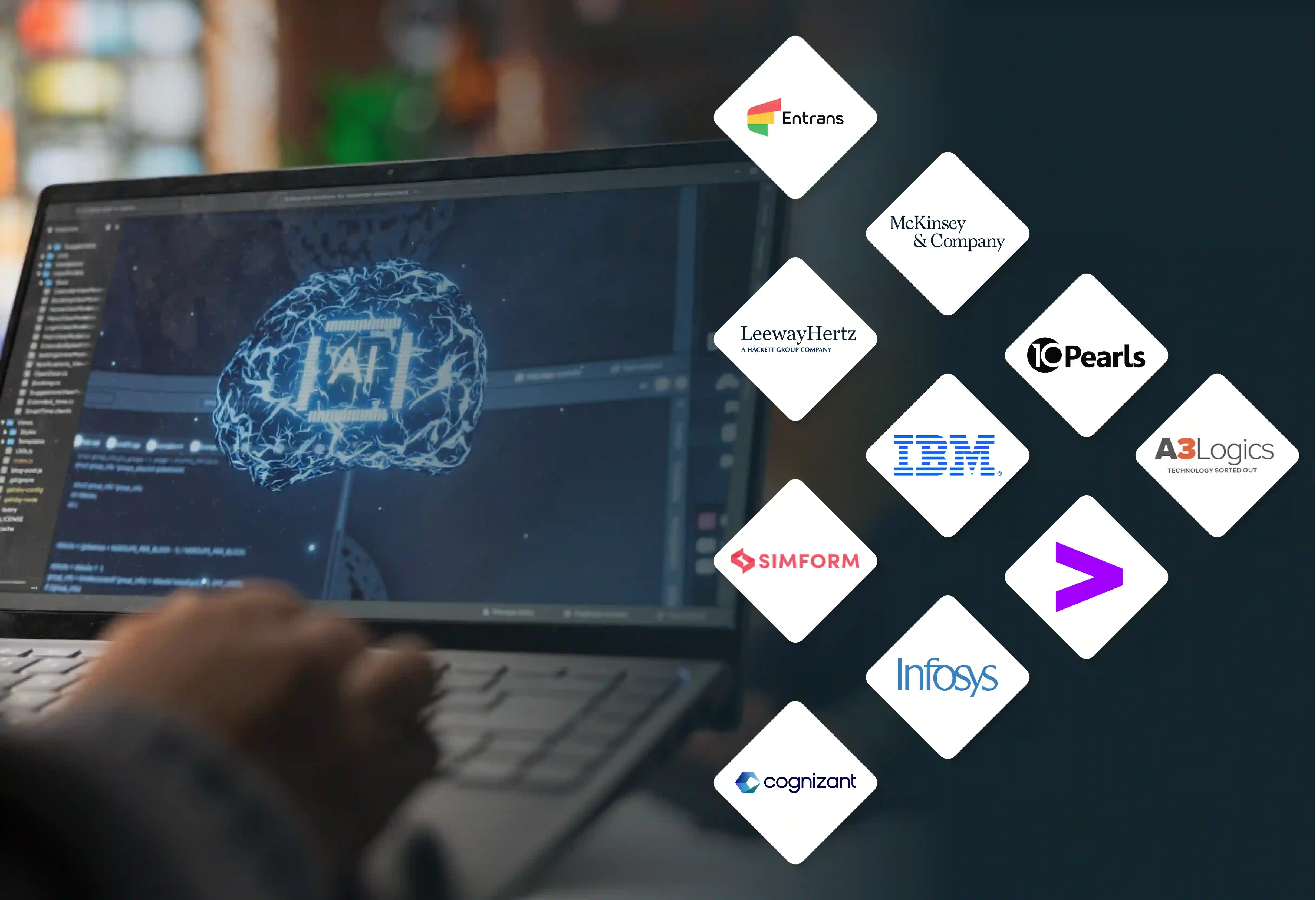


Enterprises today generate more data than at any other point in history. Transactions, customer interactions, IoT sensors, and regulatory reports all create streams of information that should power decision-making. Yet for many organizations, data remains a liability rather than an asset.
Siloed systems, fragmented warehouses, and outdated reporting models prevent leaders from unlocking the full value of enterprise data. Decisions are made on partial insights, compliance is reactive, and innovation is constrained.
Data modernization changes this equation. By creating unified, scalable, and intelligent data ecosystems, enterprises can shift from reactive to predictive, from siloed to connected, and from compliance-driven to value-driven.
Organizations that fail to modernize their data face challenges across multiple dimensions:
The result is missed opportunities, higher costs, and increased exposure to risk.
Data modernization is not just about moving databases to the cloud. It is a holistic reinvention of how data is stored, managed, and used:
Together, these components transform data into a foundation for enterprise-wide intelligence.
Traditional reporting cycles often operate on daily or weekly batches. In today’s environment, that is too slow. Real-time data pipelines deliver:
By modernizing pipelines, enterprises ensure decisions are made on current, not historical, realities.
Modern data platforms are not only repositories; they are engines of intelligence. With unified, high-quality data, enterprises can:
The synergy of data modernization and AI shifts organizations from hindsight to foresight.
Modernization also strengthens compliance and governance. By unifying data with clear frameworks, enterprises can:
Governed, high-quality data not only satisfies regulators but also builds customer trust.
Organizations that modernize their data ecosystems report tangible outcomes:
Data modernization turns data from a cost center into a revenue and innovation driver.
A global bank operating on fragmented data warehouses struggled to meet regulatory requirements for real-time reporting. Customer onboarding took weeks, and compliance audits were costly.
By modernizing with a cloud-native data platform, the bank achieved:
The transformation not only reduced risk but also improved customer trust.
Enterprises can modernize data ecosystems incrementally to manage cost and complexity:
Enterprises that treat data modernization as optional risk falling behind in a digital-first economy. Siloed, batch-driven systems can no longer support the speed, scale, and compliance requirements of modern business.
By modernizing data platforms, pipelines, and governance, organizations unlock the intelligence needed to adapt quickly, serve customers better, and innovate continuously.
In a world defined by disruption, data modernization is not simply an IT project. It is the foundation of resilience, agility, and sustainable growth.





